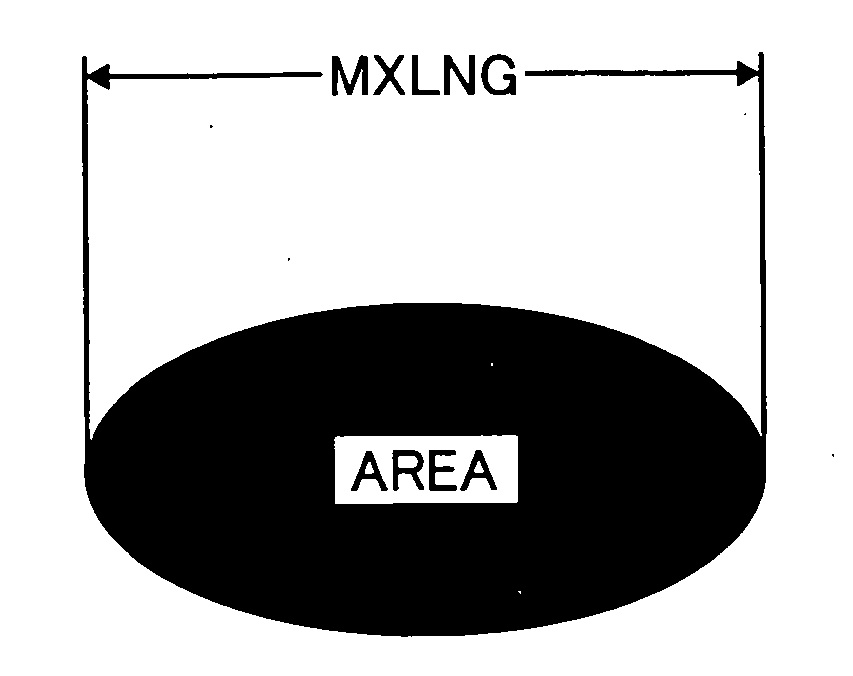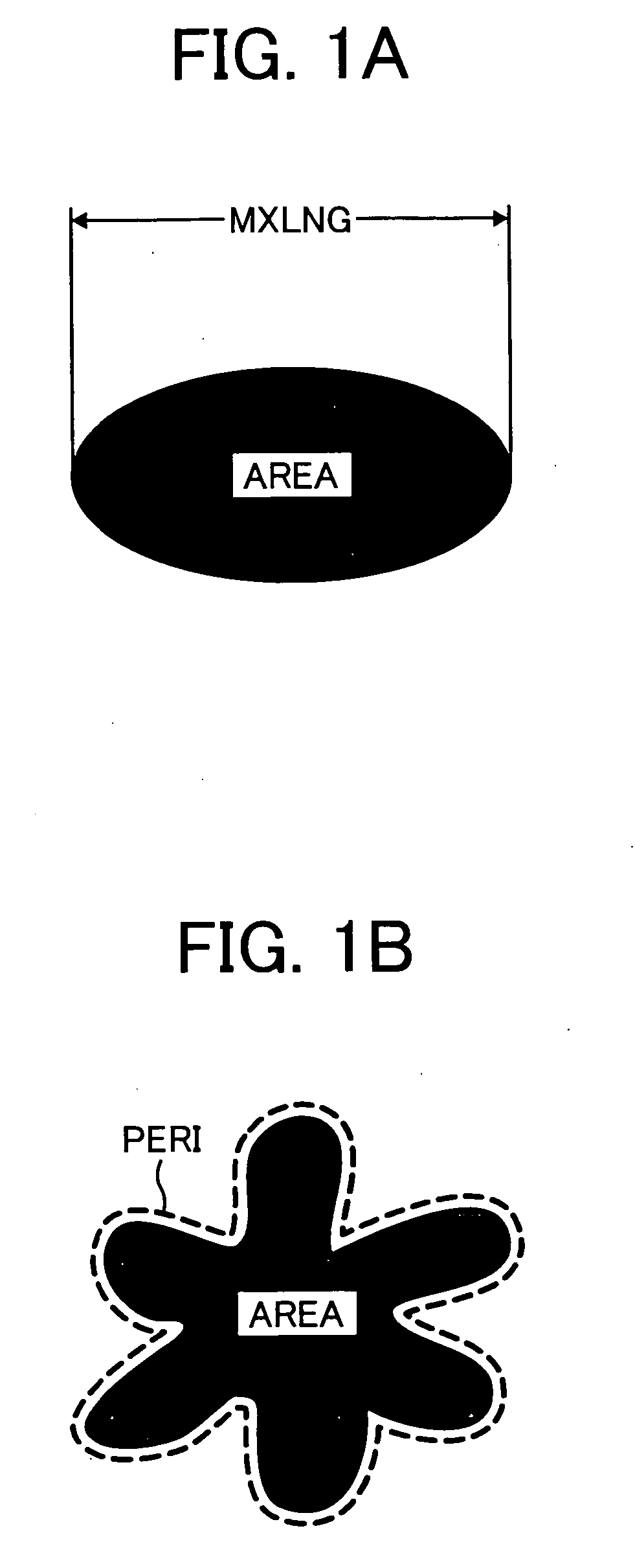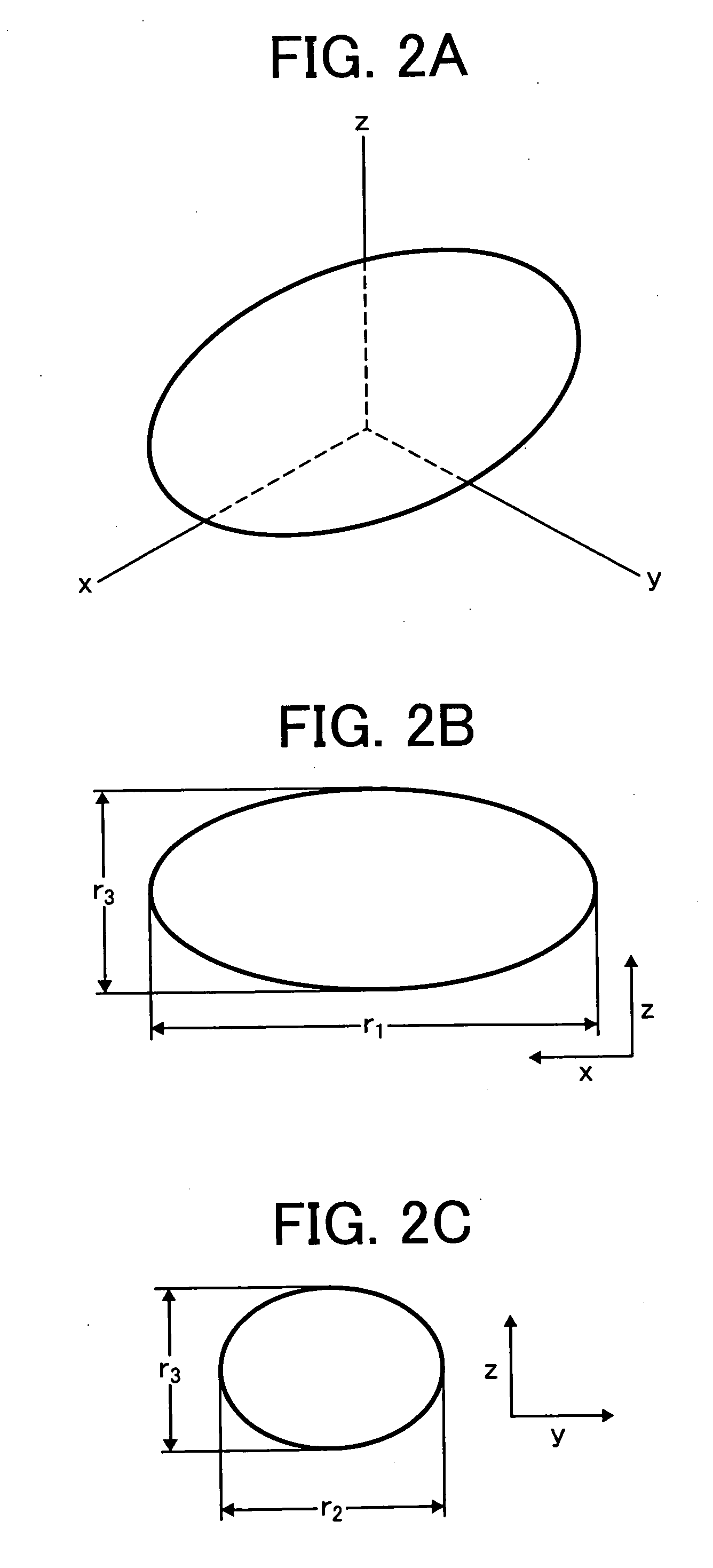Toner, developer, image forming method, and toner container
a technology of toner container and developer, which is applied in the direction of electrographic process, electrographic process using charge pattern, instruments, etc., can solve the problems of deterioration of toner yield, brittle melt-kneaded mixture, limited material that can be used for pulverized toner, etc., and achieve good color reproducibility and high quality
- Summary
- Abstract
- Description
- Claims
- Application Information
AI Technical Summary
Benefits of technology
Problems solved by technology
Method used
Image
Examples
example 1
[0395] In a beaker, 240 parts of the polyester resin solution (2), 20 parts of trimethylolpropane tribehenate (i.e., release agent, having a melting point of 58° C. and melt viscosity of 24 cps), and 4 parts of copper phthalocyanine (i.e., colorant) were contained. The mixture was agitated at 50° C. using TK HOMO MIXERS (from Tokushu Kika Kogyo Co., Ltd.) at a revolution of 12000 rpm. Thus, a colorant dispersion (1) was prepared.
[0396] In another beaker, 500 parts of ion-exchange water, 500 parts of the particulate resin dispersion (1), and 0.2 parts of sodium dodecylbenzenesulfonate were contained and mixed uniformly. The mixture was heated to 50° C. and agitated using TK HOMO MIXER® (from Tokushu Kika Kogyo Co., Ltd.) at a revolution of 12000 rpm. Then 300 parts of the colorant dispersion (1) was added thereto, and the mixture was further agitated for 10 minutes. Next, the mixture was fed to a conical flask equipped with a stirrer and a thermometer, and heated to remove the ethyl...
example 2
[0398] In a beaker, 500 parts of the particulate resin dispersion (2) was contained and heated to 50° C. and agitated using TK HOMO MIXER® (from Tokushu Kika Kogyo Co., Ltd.) at a revolution of 12000 rpm. Then 214 parts of the colorant dispersion (1) was added thereto, and the mixture was further agitated for 10 minutes. Next, the mixture was fed to a conical flask equipped with a stirrer and a thermometer, and heated to remove the ethyl acetate. Thus, a colored particulate resin dispersion was prepared.
[0399] Next, 100 parts of a 5% aqueous solution of sodium hydroxide was added to 100 parts of the colored particulate resin dispersion. The mixture was agitated for 10 minutes at 40° C. using TK HOMO MIXER® (from Tokushu Kika Kogyo Co., Ltd.) at a revolution of 12000 rpm to dissolve the particulate resin remaining on the surface of the colored particulate resin. Next, the mixture was subjected to centrifugation to remove supernatant liquid. The mixture was further subjected to centr...
example 3
[0401] In a beaker, 240 parts of the polyester resin solution (2), 20 parts of the polyester prepolymer (2), 40 parts of ethyl acetate, 20 parts of trimethylolpropane tribehenate, and 4 parts of copper phthalocyanine were contained. The mixture was agitated at 50° C. using TK HOMO MIXER® (from Tokushu Kika Kogyo Co., Ltd.) at a revolution of 12000 rpm. Thus, a colorant dispersion (2) was prepared.
[0402] In another beaker, 500 parts of the particulate resin dispersion (2) was contained and heated to 50° C. and agitated using TK HOMO MIXERS (from Tokushu Kika Kogyo Co., Ltd.) at a revolution of 12000 rpm. Then a mixture liquid (1) including 1 part of a curing agent and 214 parts of the colorant dispersion (2) was added thereto immediately after the mixture liquid (1) was prepared. The mixture was further agitated for 10 minutes. Next, the mixture was fed to a conical flask equipped with a stirrer and a thermometer, and heated to remove the ethyl acetate. The mixture was further heate...
PUM
| Property | Measurement | Unit |
|---|---|---|
| Temperature | aaaaa | aaaaa |
| Acid value | aaaaa | aaaaa |
| Temperature | aaaaa | aaaaa |
Abstract
Description
Claims
Application Information
 Login to View More
Login to View More - R&D
- Intellectual Property
- Life Sciences
- Materials
- Tech Scout
- Unparalleled Data Quality
- Higher Quality Content
- 60% Fewer Hallucinations
Browse by: Latest US Patents, China's latest patents, Technical Efficacy Thesaurus, Application Domain, Technology Topic, Popular Technical Reports.
© 2025 PatSnap. All rights reserved.Legal|Privacy policy|Modern Slavery Act Transparency Statement|Sitemap|About US| Contact US: help@patsnap.com



